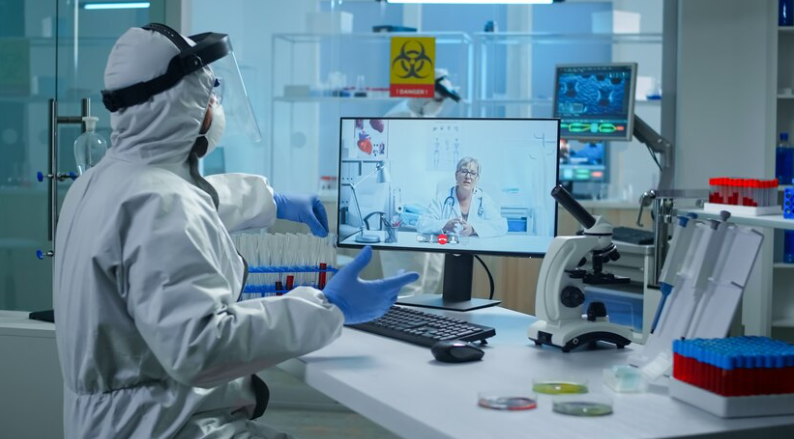SAE Reporting in Healthcare: Safeguarding Patient Well-being

In the realm of healthcare, patient safety is paramount. Every medical intervention, whether it's a new drug, medical device, or treatment protocol, undergoes rigorous scrutiny to ensure its safety and efficacy. One crucial aspect of this oversight is the reporting of Serious Adverse Events (SAEs). Let's explore the significance of SAE reporting in healthcare and its role in safeguarding patient well-being.
Understanding SAEs
Serious Adverse Events (SAEs) refer to unexpected or harmful reactions that occur during the course of medical treatment or clinical research. These events can range from severe allergic reactions and organ failure to life-threatening conditions or even death. SAEs are distinct from Adverse Events (AEs) in that they pose a higher level of risk to patient safety and require immediate attention and reporting.
Importance of SAE Reporting
SAE reporting serves as a vital mechanism for monitoring the safety of healthcare interventions and identifying potential risks or complications. Healthcare professionals, researchers, and regulatory agencies rely on SAE reports to assess the safety profile of drugs, devices, and procedures, guiding decision-making and ensuring patient welfare. By promptly reporting SAEs, healthcare stakeholders contribute to a comprehensive understanding of the benefits and risks associated with medical interventions, ultimately enhancing patient care and safety.
Early Detection and Intervention
One of the primary benefits of SAE reporting is its role in early detection and intervention. Identifying and reporting SAEs promptly allows healthcare providers to take immediate action to mitigate risks and prevent further harm to patients. Whether it involves adjusting treatment protocols, discontinuing medication, or implementing supportive measures, early intervention can significantly improve patient outcomes and minimize the impact of adverse events.
Improving Patient Safety
At its core, SAE reporting is a fundamental component of patient safety initiatives in healthcare. By systematically documenting and analyzing adverse events, healthcare systems can identify patterns, trends, and potential safety concerns, prompting proactive measures to enhance patient safety. SAE reporting also fosters a culture of transparency and accountability within healthcare organizations, encouraging open communication and continuous quality improvement efforts.
Informing Regulatory Decisions
Regulatory agencies play a critical role in overseeing the safety and efficacy of healthcare products and interventions. SAE reports serve as essential data points for regulatory decision-making, informing product approvals, labeling requirements, and post-market surveillance activities. Regulatory agencies rely on SAE data to assess the overall risk-benefit profile of medical interventions and to make evidence-based recommendations to protect public health.
Enhancing Research Integrity
In the context of clinical research, SAE reporting is integral to maintaining research integrity and ethical standards. Researchers have a moral and regulatory obligation to promptly report any serious adverse events that occur during the course of a clinical trial. Failure to report SAEs not only compromises patient safety but also undermines the credibility and validity of research findings. By adhering to rigorous reporting requirements, researchers uphold ethical principles and contribute to the advancement of scientific knowledge.
Conclusion
SAE reporting plays a vital role in healthcare by safeguarding patient well-being, promoting early detection and intervention, and informing regulatory decisions. By systematically documenting and analyzing adverse events, healthcare stakeholders contribute to a culture of patient safety and continuous quality improvement. Moving forward, it is essential for healthcare organizations, professionals, and regulatory agencies to prioritize SAE reporting as a cornerstone of comprehensive risk management and patient-centered care. Through collective efforts, we can ensure that every patient receives safe and effective healthcare interventions, minimizing the risks associated with adverse events and maximizing positive health outcomes.
